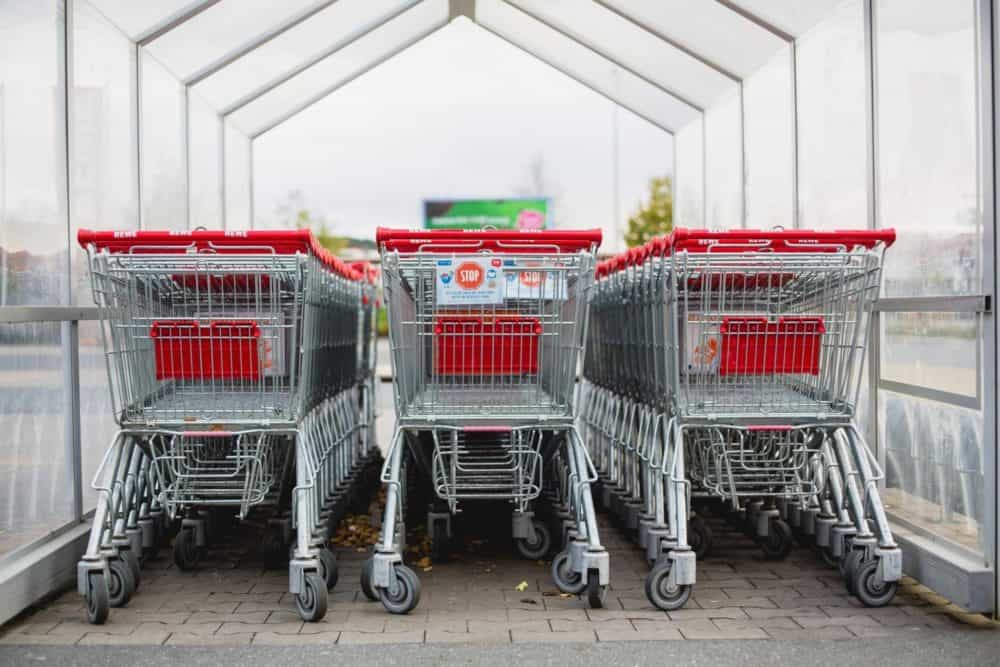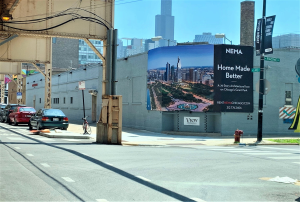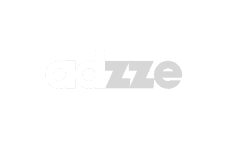In Store Advertising Costs Are Not One-Size-Fits-All
The phrase “in store advertising costs” might sound like a simple metric, but when you zoom in on who’s paying, things get more complex. What a national chain spends on a week-long promotion might equal a small boutique’s entire quarterly ad budget. The reality? In store advertising isn’t just about placing a sign—it’s about aligning spend with strategic goals and scale.
In this article, we’ll evaluate how in store advertising costs impact small and large retailers differently—breaking down real-world budget strategies, expected ROI, and the kinds of in store ads that make the most sense for each business size.
Why In Store Advertising Costs Vary So Widely
Whether you’re a corner coffee shop or a regional supermarket chain, in store advertising costs stem from several key factors:
Type of advertising (digital screen vs. printed materials)
Ad frequency and duration
Material production and installation
Content creation (copy, design, video)
Labor and maintenance
For large retailers, these costs can be amortized across hundreds of stores. For small businesses, every dollar needs to prove its worth—fast.
How Small Businesses Manage In Store Advertising Costs
🔹 Lean Budgets, Laser Focus
Most small retailers operate with tight margins. They can’t afford to treat advertising as a sunk cost. Instead, they need nimble, local strategies that maximize visibility at minimal expense.
Typical tactics:
Window decals or chalkboard signs
Branded takeout bags (a form of in-hand advertising)
Printed flyers or coupons at checkout
Hand sanitizer station ads in shared spaces
These in store ads often cost less than $500 per month but must generate measurable returns—usually in the form of walk-ins, upsells, or coupon redemptions.
🔹 Pros:
Quick turnaround
Low cost per impression (especially in high-traffic locations)
Strong local branding
Greater control over messaging
🔻 Cons:
Limited reach
Minimal economies of scale
Less access to advanced tech like digital signage or AR
Small businesses typically aim to keep in store advertising costs under 5% of their gross revenue per month.
How Large Retailers Approach In Store Advertising Budgets
Scale Means Strategy
For national chains and franchises, in store advertising is often centralized and data-driven. These brands have access to:
Digital screens and motion graphics
Retail media networks
Paid vendor placements
Nationwide POS-integrated campaigns
Because of this infrastructure, in store advertising costs can be distributed across dozens or even hundreds of locations, making high-ticket campaigns more feasible.
Typical in store advertising tactics include:
Digital shelf talkers
Interactive kiosks
Branded endcap displays from suppliers
Programmatic in store ad placements (tied to shopper data)
Large brands might spend hundreds of thousands per campaign but are also more likely to negotiate vendor co-op funds, making costs shared with CPG (consumer packaged goods) partners.
🔹 Pros:
National exposure with localized execution
ROI tracking via POS systems and loyalty data
Access to premium placements and technology
🔻 Cons:
Higher upfront costs
Slower rollout due to complexity
Potential for message dilution across regions
In Store Ad ROI: What the Numbers Say
So what’s the return on all this spending?
According to Nielsen research:
In store advertising can increase sales by 20% or more for featured products.
Over 70% of shoppers make purchase decisions at the shelf.
This makes in store ads one of the most influential advertising tools—but only when tailored to business size and customer base.
Real-World Example: A Coffee Chain vs. A Local Café
☕ Small Business:
Local coffee shop uses branded coffee sleeves that promote a local yoga studio. They print 1,000 sleeves for $200 and receive a 15% discount on shared promo costs.
ROI: Within two weeks, they track 40 walk-ins who mention the sleeve and 10 repeat visits.
Effective cost per conversion: $5.00
☕ Large Chain:
Regional coffee chain launches a QR-code campaign across 80 locations, encouraging customers to scan for a personalized drink coupon. They spend $20,000 on design, print, and digital backend.
ROI: 9,000 scans, 3,500 redemptions.
Effective cost per conversion: $5.71
Despite wildly different scale and spend, both retailers get solid ROI by matching tactics to their resources.
Budget Guidelines by Business Size
Business Size | Monthly In Store Ad Budget | Preferred Tactics |
Local Business | $250–$750 | Flyers, door hangers, in-hand promos |
Mid-Sized Retailer | $1,000–$5,000 | Shelf signage, branded bags, loyalty CTAs |
Large Retailer | $10,000+ | Digital screens, motion ads, AR campaigns |






